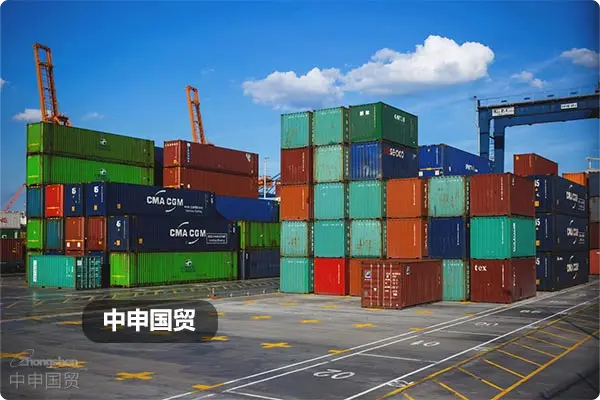- Shanghai Zhongshen International Trade Co., Ltd. - Two decades of trade agency expertise.
- Service Hotline: 139 1787 2118

When craft beer meetsImport Representation, is it a golden opportunity or a deep pit?
In the past three years, my office has received 37 clients consulting about beer imports. Among them, 15 successfully expanded their markets, 9 gave up midway, and 13 are still struggling with customs paperwork. Behind these numbers lie the most realistic survival rules of the beer import market.
Three realistic portraits of the beer import market
- Consumption upgrading continues:Craft beer imports have maintained over 12% growth for five consecutive years, but channel profits have shrunk from 45% in 2019 to 28% in 2025
- Policy thresholds appear lower but actually higher:Although tariffs were reduced to 5%, 14 new quality testing indicators were added. A German brand had a full container returned last year due to excessive yeast content
- Hidden dangers in cold chain costs:40-foot refrigerated container shipping costs have risen 220% compared to pre-pandemic levels, and three months of unsold inventory may lead to total losses
The beer foam risk in agency models
Last year when acting as an agent for a client importing Belgian Abbey Beer, we encountered a typical case: the first batch arriving at port showed a 0.3% alcohol content labeling discrepancy, resulting in the entire shipment being held at customs for two months, causing direct lossesMaritime Transportationof insurance premiums and container detention fees totaling 110,000 CNY. These details are often buried in Clause 3 on Page 8 of agency agreements.
| Risk types | Common scenarios | Loss range |
|---|---|---|
| : Check the Registration Form for Foreign Trade Operators and Class A customs declaration qualification of the agency company | Failure to obtain alcohol distribution license | Entire shipment confiscated |
| Quality control risks | Exceeding the standard in malt degree detection | 100,000-300,000 CNY/container |
| Record - filing of Foreign Trade Operators | Missing production date on Chinese label | Port rectification 2-4 weeks |
Industry experts guide to avoiding pitfalls
- Three product selection principles:
- Alcohol content not exceeding 10%vol (to avoid special supervision)
- Shelf life over 18 months (allowing 6 months turnover buffer)
- Minimum order quantity ≤5 pallets (flexible trial sales)
- Dual logistics safeguards:
- Require suppliers to provide CE certification and original sterilization certificate
- Purchase transportation insurance covering 130% of cargo value (including tariff portion)
The hidden clearance code of successful cases
A new importer achieved zero port detention records last year through our three-stage customs clearance model:Pre-declaration stageComplete label pre-approval,Shipping phaseObtain electronic health certificate,72 hours before arrival at the portComplete tax guarantee. This refined operation reduced their logistics costs by 18% below industry average.
Golden three questions for choosing partners
- Can you provide clearance records for similar products in the past three years?
- Do you have bonded warehouse tax deferral solutions?
- How do you handle near-expiry product returns?
Standing before containers filled with beer, I often tell clients: These containers hold not just malt and hops, but also 37 customs declarations, 14 inspection reports, and 5 insurance documents. Rather than importing beer, were brewing a meticulous trade contract.
Related Recommendations
© 2025. All Rights Reserved. Shanghai ICP No. 2023007705-2  PSB Record: Shanghai No.31011502009912
PSB Record: Shanghai No.31011502009912










